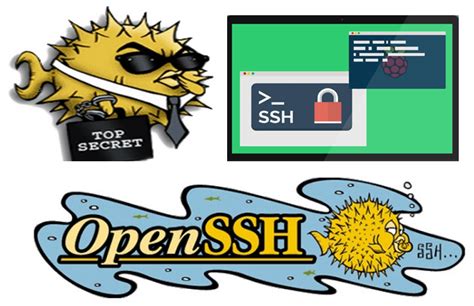In a significant stride toward enhancing security, OpenSSH has introduced options to penalize undesirable behavior from clients. This marks an evolution in how SSH connections are managed, promising integrated mechanisms to address brute force and other malicious attacks. On the surface, this seems like an intuitive and beneficial enhancement, effectively discouraging frequent failed authentication attempts by imposing penalties directly within the OpenSSH server. Unlike external utilities such as fail2ban, this feature is embedded within the SSH service itself, aiming to provide tighter security control directly at the point of connection.
Several users have commented on potential similarities between OpenSSH’s new feature and existing tools like fail2ban, which monitor logs and enforce rules via iptables to block repeated malicious attempts. However, integrating these capabilities directly into OpenSSH could streamline resource usage and potentially reduce overhead compared to fail2ban’s approach. Given that fail2ban monitors logs and then triggers actions, having a built-in security measure within OpenSSH can offer quicker response times to malicious activities. However, one must carefully consider the specific rules and configurations to avoid over-penalizing legitimate users, particularly in environments with shared or dynamic IP addresses.
One of the critical aspects of any security feature is its configuration flexibility and its impact on legitimate users. OpenSSH’s new penalties can be fine-tuned using the ‘PerSourcePenalties’ directive. This allows administrators to specify different penalty parameters for various types of failed attempts, such as failed authentications or exceeding resource limits. By default, parameters such as `authfail:30` and `noauth:5` are set, providing different timeout periods for repeated failures and various attack vectors. This differentiation ensures that consistent and small-scale failures do not result in extensive lockouts, while more substantial attack patterns are adequately discouraged.
Despite these advancements, there are some legitimate concerns raised by the community. A noteworthy point is the potential for legitimate users to get locked out, especially when connecting from behind Carrier Grade Network Address Translation (CG-NAT). Many users under a CG-NAT could share the same visible IP address, increasing the likelihood of accidental lockouts if another user on the same address engages in behavior that triggers penalties. To mitigate this, administrators can use the `PerSourcePenaltyExemptList` option, allowing specified IP addresses or ranges to be exempt from penalties. While this can help, it adds another layer of configuration complexity which must be meticulously managed.
Interestingly, there are differing opinions on whether such a feature should replace the role of fail2ban entirely. Some sysadmins highlight that fail2ban’s ability to handle multiple services beyond SSH, such as web and mail servers, provides a comprehensive security solution that a built-in SSH feature cannot match. Fail2ban’s centralized approach to log monitoring and rule enforcement can offer a more cohesive security framework across various daemons, avoiding the need for piecemeal configurations. However, integrating security features directly within OpenSSH reduces the need for additional software, which can simplify security posture and potentially reduce attack surface by relying on fewer third-party tools.
Ultimately, the introduction of these new options in OpenSSH to penalize undesirable behavior represents a noteworthy development in SSH security. While it brings enhanced built-in protection and faster response to anomalies, it also raises questions regarding configuration complexity, potential user lockouts, and the balance between integrated and external solutions. As security landscapes evolve, such features signify proactive steps toward more secure and manageable systems. Administrators must weigh the benefits and potential drawbacks, tailor configurations to their specific environments, and possibly integrate these new features with existing security tools for a layered and robust defense.
In conclusion, OpenSSH’s new feature to penalize undesirable behavior is a promising tool in the landscape of cybersecurity. By providing a built-in mechanism for managing and mitigating threats, it offers sysadmins a potentially more streamlined and integrated approach to safeguarding systems. However, it also emphasizes the need for careful implementation and monitoring to ensure that legitimate users are not unduly affected. As always, a layered security strategy incorporating both built-in features and complementary tools will likely offer the most effective shield against malicious activities.


Leave a Reply